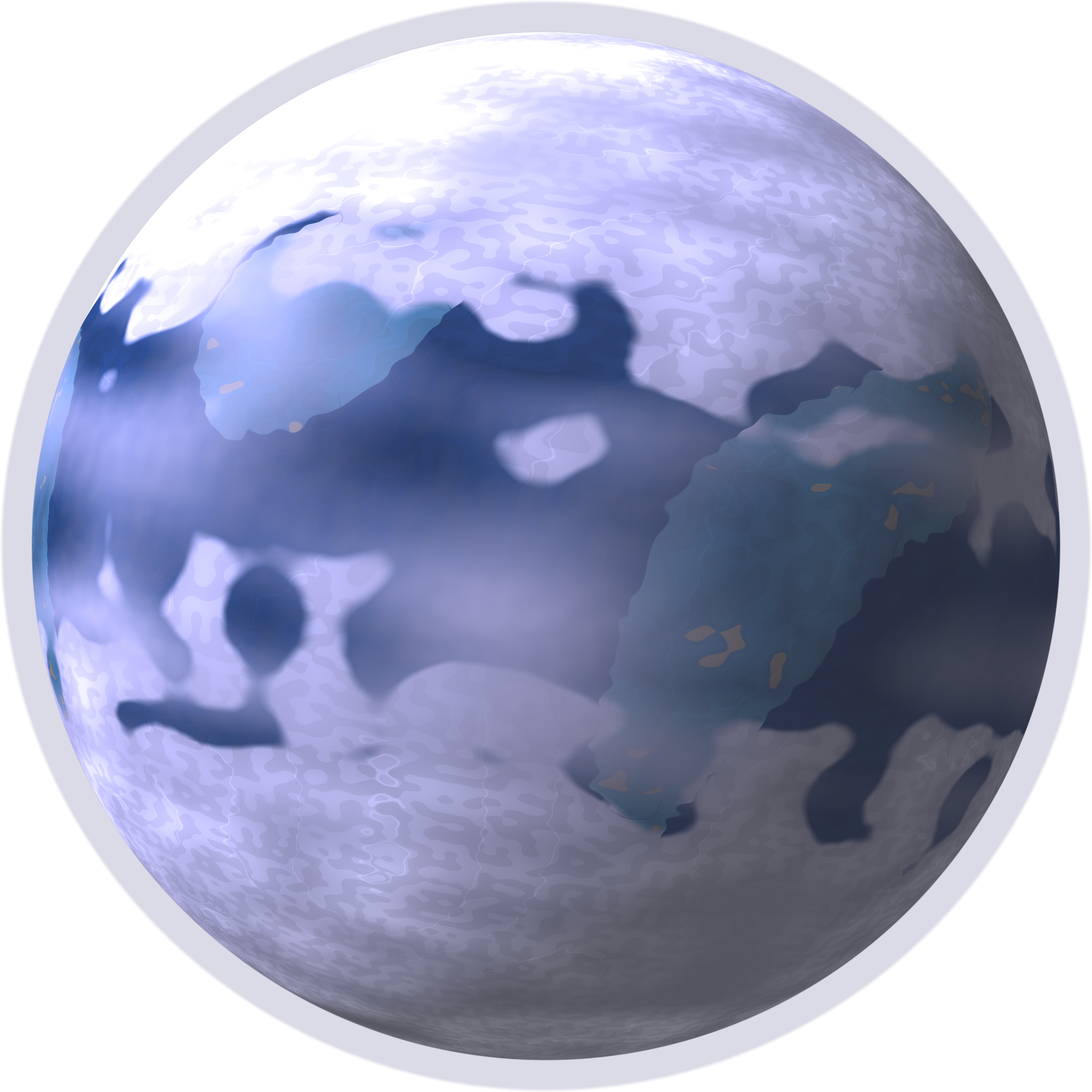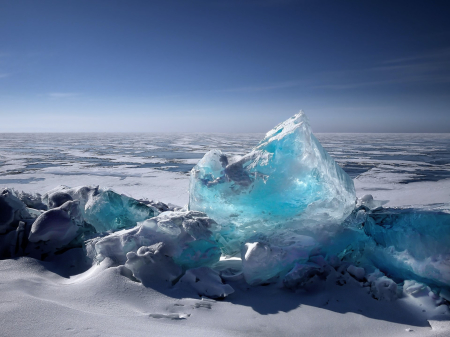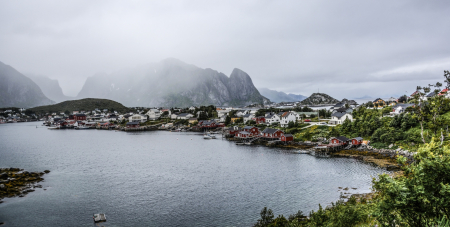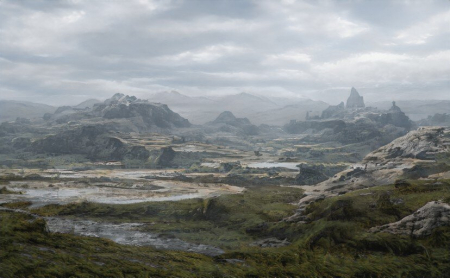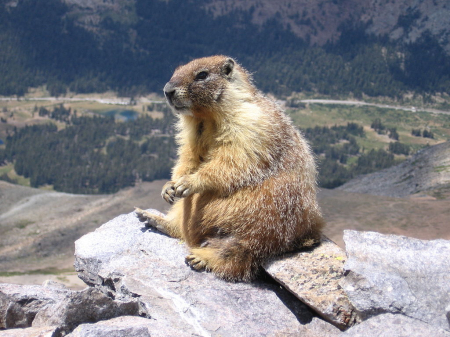Kaiter
Kaiter is one of five planets in the Kreian solar system. It is the second closest planet to the system’s star, Krei. Only about 19% of Kaiter's surface is made up of landmasses, primarily consisting of disconnected island continents. The remaining 81% is covered by water in oceans, lakes, and rivers. Kaiter land areas are primarily covered in glaciers and tundra, with some boreal forests existing in the most southern regions of Amrisa and dry desert regions in Eshos.
Kaiter has a 21° tilt in its axis, leading to changing seasons throughout the year. A day on Kaiter consists of the time it takes for Kaiter to rotate one full revolution on its axis. This process takes 97200 seconds or 27 hours. It takes about 432 days to orbit the sun. Read more about the Kaiterian Calendar.
According to scientists’ best estimation, Kaiter formed over 7 billion years ago. The combination of Kaiter’s physical properties and distance from the sun made it ideal for the evolution of life. Life prospered for many millions of years, resulting in a biodiverse collection of plants and animals.


